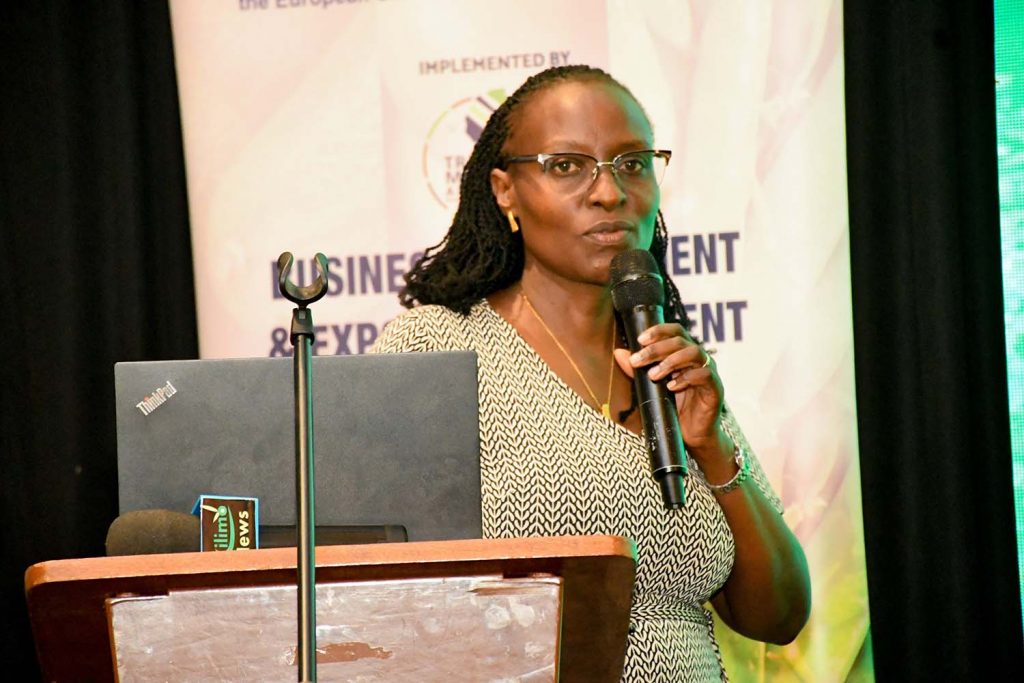November 13, 2025

The human rights violation that took place in 2020 was a major wake-up call, negatively impacting the company’s global image. This incident prompted Kakuzi to reassess its proactive measures regarding human rights impact evaluations, its Human Rights Policy, and its grievance mechanisms.
As a result, the company aligned its Human Rights Policy with both national and international human rights standards, including the UN Guiding Principles, ILO conventions, and the Global Compact Principles concerning human rights, labor, environment, and anti-corruption, as well as the Government of Kenya’s National Action Plan on Business and Human Rights.
The policy highlights the necessity of respecting human rights in all operations, protecting human rights defenders, fostering diversity and inclusivity, providing remedies for negative impacts through an operational grievance mechanism, and regularly reviewing the policy for continuous improvement.
Kakuzi’s Social Sustainability
Social sustainability not only enhances the company’s reputation and brand value but also nurtures positive relationships with stakeholders. It plays a crucial role in long-term business success and supports the well-being of employees and communities. Human rights are integral to sustainability, responsible business practices, and maintaining a good reputation.
The company has committed to ensuring that any reports of human rights violations are handled with transparency, accountability, and ethical governance. Kakuzi has bolstered its corporate stakeholder trust through responsible reporting and adherence to the UN Global Compact (UNGC) Communication on Progress (COP) guidelines and best practices.
SIKIKA
Kakuzi’s operational grievance mechanism, known as SIKIKA, establishes an independent process for handling grievances, offering stakeholders a platform to voice their concerns. It ensures a swift and effective response to grievances while fostering transparency and accountability.
How Kakuzi Tackles Material Human Rights Issues
In every situation, the company assesses the level of risks by evaluating their impact on individuals and communities. This requires addressing the concerns of stakeholders, which includes input from employees, local communities, and investors, facilitated through their operational grievance mechanism (OGM-SIKIKA Tier1 and Tier 2). This process guarantees that all industry-specific challenges are effectively managed (including risks related to agriculture, labor rights, and land use). Furthermore, they carry out regular evaluations to remain in line with evolving human rights standards. (Corrective measures are implemented following social and statutory audits)
Kakuzi’s strategy for stakeholder engagement and prevention highlights the importance of involving all stakeholders and adopting a multi-stakeholder approach (including workers, local communities, NGOs, and regulators) to avert human rights abuses. This fosters a feedback loop for continuous dialogue. They also screen all suppliers and contractors before entering into business relationships to ensure adherence to standards.
Prevention is Key
The company has made substantial investments to guarantee compliance. This includes providing training for employees, communities, and suppliers on human rights expectations. They also conduct regular audit assessments to identify and address potential risks proactively.
Internal audits (both financial and social) are routinely carried out by the internal audit team to recommend areas for enhancement, while external audits are conducted by both national and international regulatory bodies. Regular oversight of the supply chain is also performed to ensure due diligence in responsible sourcing.
Ensuring Continuous Improvement & Accountability
Performance monitoring through internal and external audits is regularly conducted using KPIs to evaluate human rights impacts. Grievance mechanisms for reporting and resolving issues are also subject to frequent audits. It is the leadership’s responsibility to foster a culture of accountability.
